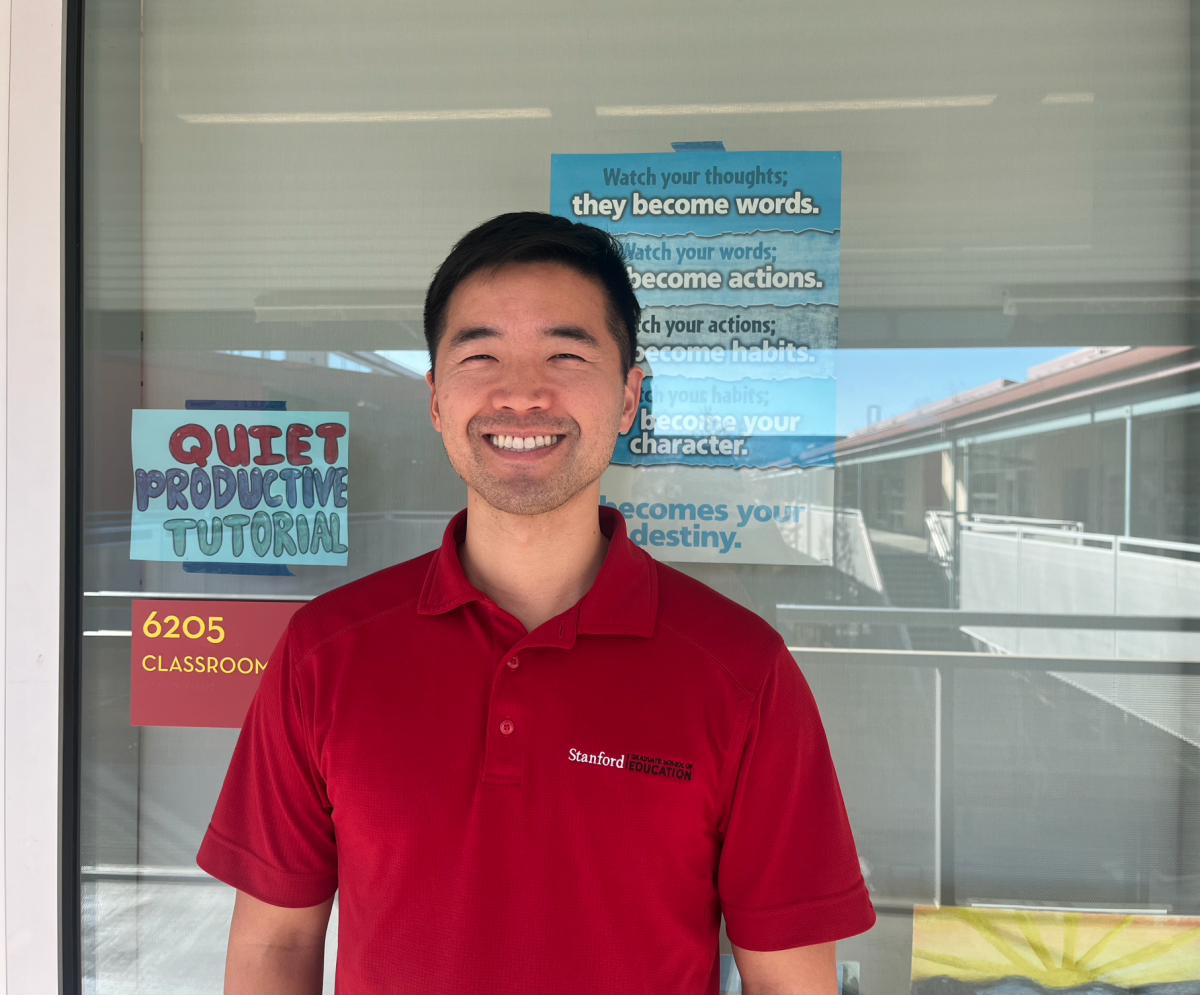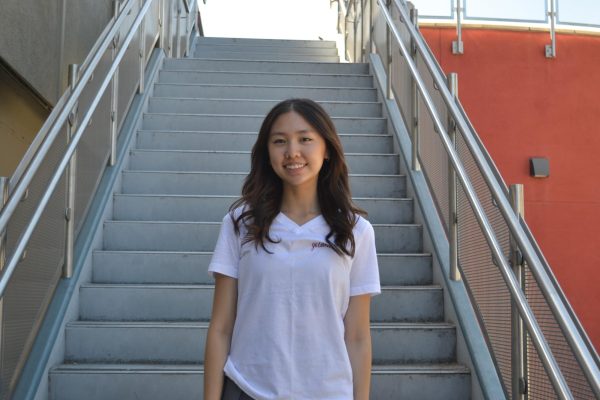As new civil rights emerged in America’s government and changes arose in society, social life at Cupertino High School has evolved throughout the years to match these new reforms. Cupertino’s school spirit and class spirit has evolved over the years as well adapting to new reforms made in the ASB class.
HOMECOMING
Homecoming is one of the largest class competition events of the school year, with months of preparation and planning going into executing the event. Currently, Homecoming consists of class skits including dances, decorations relating to themes that embellish the quad and hallways, the annual football game and most recently, the Homecoming dance. Although Homecoming has been a tradition at Cupertino, the execution of the event has changed to tackle topics of sustainability and entertainment.
Years before sustainability initiatives regarding posters started, 15 Homecoming posters were utilized by classes. Then, Wes Morse — former Associated Student Body advisor and history teacher — started focusing on lowering the amount of posters. Now, ASB requires classes to create two posters and one backdrop, a significant decrease in the amount of posters needed, in efforts to push towards environmental sustainability.
When Morse was a student at CHS, Homecoming consisted of the Wagon Wheel being decorated like a maze and a skit in the quad during brunch without dancing. Slowly, dancing got introduced into skits and now is one of the most prominent aspects of the Homecoming rallies.
Additionally, the Homecoming dance – which would take place after the football game – went past midnight, which is something CHS dances do not do today. Homecoming court, previously Homecoming Royalty with a Homecoming King and Queen – was changed to degender it.
“These things evolve with you and they evolve with society. They evolve with changing demographics and changing historical concepts of equity, and I think our activities are in as good a shape as they’ve ever been,” said Morse.
DANCES (256)
In addition to the three school dances that occur annually – Homecoming, Winter Formal and Prom – the school used to hold a Back to School dance and a Sadie Hawkins Dance.
Before the establishment of Cupertino High School, the Sadie Hawkins Dance was a tradition that started in the 20s and 30s and was brought to CHS. For this dance, girls would ask guys to the dance, contradicting the stereotypical dance askings.
Morse believes that the implementation of Title IX and improvements to gender equity have caused changes within school dance culture. Nowadays, with societal norms around gender stereotypes developing, the Sadie’s dance was abolished because female students felt freedom to attend school functions with their friends or without a date. This also shaped the dating culture at Tino as the years progressed.
Morse said, “[…] Your generation doesn’t really date at all in high school, which is another, I think significant difference between the 70s [and] 80s versus today. I think it was much more common for coupling; you go steady for a while.”
Although some dances are not around anymore, dances such as Homecoming and Prom have been a part of CHS’s tradition, yet celebrated in different ways. Morse stated that students would rent limousines with their friends to ride to dances and take pre-dance pictures at others’ homes.
“I think the presence of social media has put more pressure on students to have more of a visual kind of experience of the prom. […] Dances are probably the thing that still feel the same,” said Morse.
SOCIAL LIFE
“As I was going through here in the 80s, the classes were extremely competitive with each other and probably in an unhealthy way. While there was class spirit, I don’t know if I would call it school spirit. It was, you know, we’re gonna beat that other class and it was very much focused on winning against the other classes. I think while there’s still an element of that in our school today, I think there’s kind of [a] more general school spirit.”
Before 2010, each senior class would put together some acts to assert dominance over the incoming freshman class, known as hazing. Some examples included having a freshman “boot camp” or having the freshmen sit on the floor at a rally. After witnessing the cruel actions exhibited by the class of 2006, Philip Chang, the class of 2007 junior class president at the time, was determined to break this cycle of hazing. He broke this cycle of rude introductions to the freshman and changed the spirit of class competitions. Now, our rallies and schoolwide events are less focused on having harsh competition among classes but foster school spirit and encourage healthy competition.
Rally attendance has also notably improved compared to before and rallies have incorporated more dancing to them. Years past, classes would compete at rallies and win points to receive a Spirit Trophy at the end of each school year. Rallies nowadays do not have point systems, although students are still able to interact and compete during games or Homecoming. Additionally, involvement of dances outside of the Golden Spurs dance team has changed and the band who once had a larger presence — with a jazz band called Fusion performing at rallies — has diminished in rallies now.
Lunchtime activity and athletic event attendance has decreased, however.
“Football used to be more of an event. It wasn’t necessarily that you go watch the football game but you were there, it was a night out, you were with your friends. Maybe you’re just walking around the bleachers the whole time, but there is certainly more athletic viewership as a school function as an event as a place to be, rather than specifically like I really liked football, I’m gonna go watch it.” said Morse.
Morse believes the changed bell schedule has decreased the participation in events — such as International Soccer Week or Powderpuff — that occur during lunch since students have the opportunity to go home during lunch. Additionally, Tinolympics has replaced Powderpuff so athletic events could be more gender inclusive.
Although Cupertino’s social culture has changed over many years, Morse believes none of the changes have harmed the culture of the school for students.
“[…] It was good then, it’s still good now, just different. The kids look different. Maybe the style of the dress is different. Maybe where these things happen is different. But kids have fun at this school, kids are still having fun at this school. […] You’re gonna get to experience [high school] the way that you want to experience it. […] We try to, as a school, keep up with where you guys are and what you want or where you want to go.”







